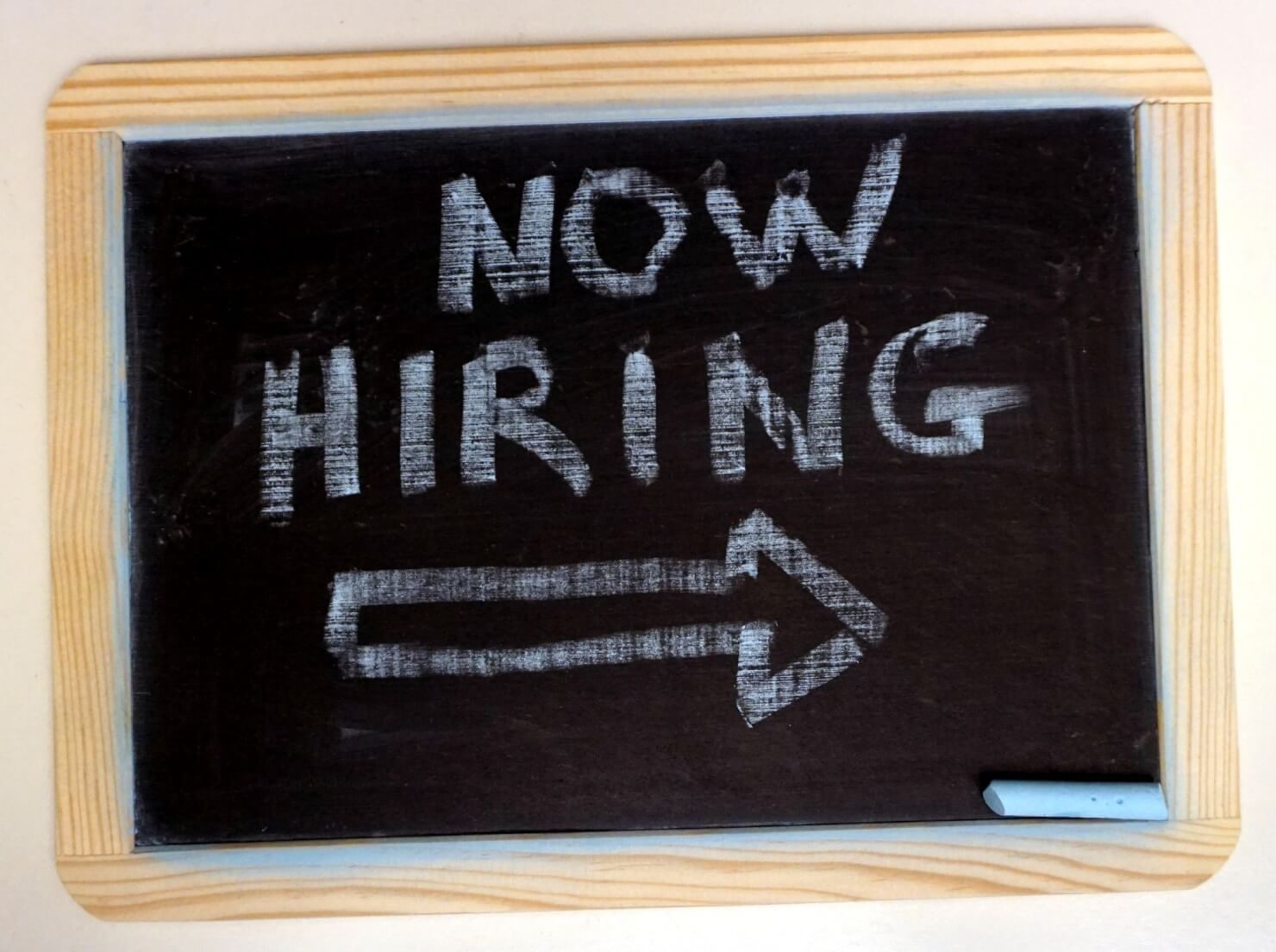Common Cash Flow Issues In Healthcare Businesses

Running a medical practice or healthcare facility comes with its fair share of complexity, and one of the biggest challenges is managing cash flow issues healthcare providers frequently encounter.
From delayed reimbursements to fluctuating patient volumes, healthcare businesses must balance clinical responsibilities with financial ones, often without warning when cash will arrive.
Cash flow in healthcare is unpredictable by nature. Insurance claims take time to process. Patients might delay payments and emergencies crop up. Meanwhile, operational expenses such as payroll, rent, equipment, and supplies don’t wait.
This mismatch between income timing and outgoing expenses places immense stress on healthcare administrators, owners, and managers who must keep the business side stable while maintaining quality care.
Delayed Insurance Reimbursements
Perhaps the most consistent disruptor of healthcare cash flow is the reimbursement timeline from insurance companies. Providers may treat patients today but wait weeks (or months) to get paid.
These delays tie up large portions of expected revenue in administrative limbo. For practices that rely heavily on insured patients, this can drain reserves quickly.
Staff costs, overhead, and vendor bills accumulate daily. When revenue is stuck in processing queues, clinics may struggle to make payroll or keep up with obligations.
This gap often creates a ripple effect, disrupting budgets and limiting the ability to take on new hires or expand services. It’s not uncommon for thriving clinics on paper to face serious liquidity shortfalls in reality.
Fluctuating Patient Volume
Another common thing contributing to cash flow issues healthcare professionals face is inconsistent patient turnout. Seasonal illnesses, economic conditions, and even weather can influence appointment rates. A particularly slow month can throw off revenue expectations, making it hard to cover fixed costs.
Even during high-volume periods, patients may require follow-up visits that generate revenue down the road rather than immediately. Balancing the timing between care delivered and money received requires a buffer many practices simply don’t have.
High Upfront Costs for Supplies and Equipment
Healthcare businesses are inherently equipment-heavy. Whether it’s a diagnostic machine, sterilization system, or basic treatment supplies, the upfront investment required is substantial.
Many suppliers require payment on delivery or within short terms, often long before a provider sees income from the procedures performed using those supplies.
Even when practices budget for these purchases, unexpected repairs or upgrades can create unplanned expenses. Without access to flexible capital, practices are forced to delay maintenance, cut corners, or use high-interest credit options that further stress future cash flow.
The Burden of Payroll Timing
Staff compensation often represents the largest recurring expense in a healthcare practice. Doctors, nurses, receptionists, and support staff depend on timely paychecks.
Yet because income doesn’t arrive on a predictable schedule, many healthcare providers experience a recurring gap between payroll due dates and revenue deposits.
This is where business funding loans for healthcare providers can play a big part. These loans are structured around the unique financial rhythm of medical operations.
Rather than assuming steady weekly income, they account for cycles of income delays and reimbursement slowdowns, helping practices pay their teams without interruption.
Cash Flow Strain from Expanding Services
Growth is usually seen as positive, but for healthcare practices, it brings financial risk. Adding new services, hiring additional staff, or opening another location increases monthly expenses before income catches up. This transition period often stresses financial reserves.
While expansion may lead to long-term gains, short-term cash gaps can be hard to bridge without outside help. Taking on new costs without stable incoming revenue places providers in a difficult position, especially when growth depends on marketing, recruitment, and space upgrades.
The Impact of Billing Errors and Claim Denials
Revenue isn’t just delayed due to processing time; it can also get held up due to human error. Incorrect billing codes, incomplete documentation, or clerical mistakes can cause claim denials or resubmissions. These issues compound over time, especially in busy offices where billing is handled in-house.
Although some practices consider healthcare factoring to manage the gaps caused by these billing slowdowns, this solution requires selling accounts receivable at a discount, which can shrink long-term margins.
It offers fast cash but doesn’t deal with the root problem – slow and inconsistent inflow from insurers and patients.
How Payro Works
To reduce the strain of payroll during cash flow gaps, it’s worth taking the time to see how Payro works. Payro Finance specializes in short-term payroll funding that supports healthcare businesses during revenue lulls.
Unlike general-purpose lenders, Payro focuses on making payroll a non-issue, offering fast access to funds when income is delayed but staff still needs to be paid.
The process is fast and straightforward. After approval, healthcare businesses can draw funds to meet payroll obligations and repay on a short-term schedule.
The emphasis is on flexibility. You draw only what you need, only when you need it. This minimizes debt and protects the long-term financial stability of the practice.
Options Besides Traditional Loans
For practices looking for flexible financial tools, loan options for physicians have expanded. Beyond standard term loans, doctors and clinic owners now have access to specialized solutions like lines of credit, merchant cash advances, and revenue-based financing. Each has its own structure, repayment plan, and benefits.
Choosing the right tool depends on the type of expense, expected revenue, and the business’s growth goals. Term loans may work well for purchasing equipment, while payroll-specific lines fit best for short-term gaps.
What matters most is matching the solution to the actual problem, not just choosing the option with the largest sum available.
Vendor Terms and Early Payment Discounts
Healthcare providers also face cash flow pressures related to vendor terms. Many suppliers offer early payment discounts, but only if payment is made upfront. This puts clinics in a bind: pay early and save, or delay payment and lose the discount. Without flexible capital, these opportunities are out of reach.
Lines of credit or short-term working capital loans allow providers to pay vendors early and recoup costs over time. This small shift in cash flow management can lead to long-term savings, something especially helpful for independent clinics operating on tight margins.
The Bigger Picture: Financial Health Enables Patient Care
Ultimately, cash flow problems don’t just affect spreadsheets. They influence the quality and consistency of care.
When staff morale drops due to payroll worries, or when a delayed equipment repair limits treatment options, patients feel the effects. Stable finances create space for better decision-making, better retention, and better outcomes.
Paying attention to cash flow isn’t about financial gain. It’s about maintaining the ability to deliver consistent, high-quality care under any condition.
Supporting Healthcare Businesses at Payro Finance
At Payro Finance, we’ve built a funding model specifically for the healthcare industry. We know the rhythm of insurance payments, the weight of payroll, and the surprise costs that come with running a clinic.
Our payroll funding is short-term, focused, and designed to fill the exact gap where many providers struggle: meeting staff obligations during cash flow delays.
We don’t force long-term commitments or large loan amounts. Instead, we offer the right amount of funding, right when it’s needed. Our goal is to remove payroll stress from your plate, so you can focus on patient care and business growth.
Applying is easy, and funds are available quickly because when payroll is due, time matters.
We also share insights and tools that support better financial decisions over time. Whether you’re dealing with inconsistent patient volume, waiting on claim approvals, or planning for expansion, Payro Finance is here to back your business in a practical, cost-effective way.
If you’d like to know more about how Payro Finance can support your practice, don’t hesitate to reach out today. We’re ready to help you keep your team paid and your patient care uninterrupted.
Morris Reichman
hello@payrofinance.comMorris Reichman is the founder and CEO of Payro Finance. Former Vice President at Infinity Capital Funding an alternative finance company, Morris possesses a versatile background in the finance industry. Having spent 7+ years working across global macro operations and start up corporate finance Morris's expertise is in business accounting, risk management and investment analysis. Morris founded Payro Finance to support business owners and ensure their business continuity.
Need a short-term loan to cover payroll?
Apply in under two minutes, and get approved within 2 days. Once approved, funds are in your account the same day.
- Always 1.5% weekly
- Up to $500,000
- Same-day funding


